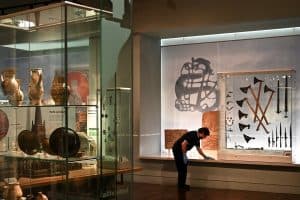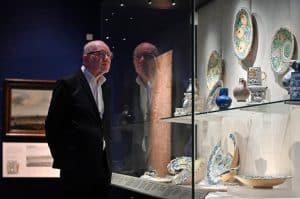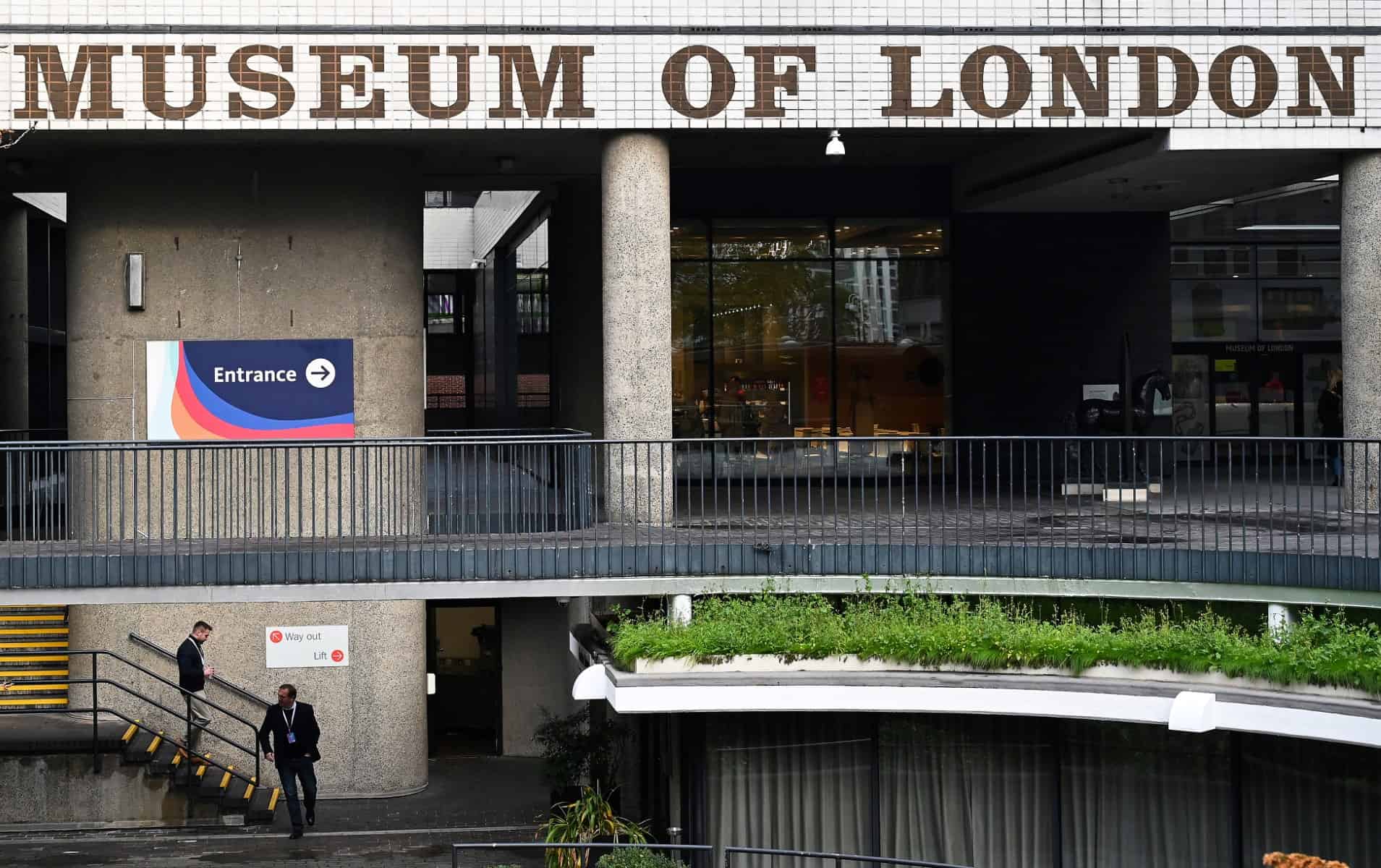London, United Kingdom– King Charles I’s execution vest and 20,000 human remains are among the objects that need to be packed up as the Museum of London makes a daunting £250 million ($260 million) move.
When the building was unveiled in 1976, The Times newspaper reported that “Her Majesty, the Queen is opening the Museum of London today, if she can find the entrance”.
“We’ve been struggling with that,” admitted the museum’s director of content, Finbarr Whooley.

The museum is preparing to move to a giant disused market building in the capital’s “cultural mile”, with the formidable three-year task of relocating the items set to begin on December 5.
“When you think about moving your own house, you think about packing up and moving and the stress of that. You just take this and put it on steroids,” Whooley told AFP.
“Some of those objects will be tiny, some of them will be monumental, literally.
“But they will all need to be individually packed, individually numbered, recorded, and then moved very carefully. We are approaching it with military precision.”
Visitor boost
Some of the items are so large that they were built into the current building, on a roundabout near St Paul’s Cathedral and the Brutalist towers of the Barbican Estate.
At the other end of the scale are delicate objects, including the stained vest reputed to have been worn by Charles I when he was beheaded in 1649.
The 20,000 skeletal remains of historic Londoners will also need to be transported with care.
“We as an organisation have to be incredibly respectful of the fact that these are all people who are Londoners,” said Whooley.
Despite the challenge, the museum decided to move to a more visitor-friendly location.
“With the tremendous success of the City of London, and the growth of all the corporate buildings, it means that I suppose we became almost an island, a cultural island,” said Whooley.

Although only a short walk away, the new location at Smithfield Market is in the heart of a new cultural centre and is expected to “double or maybe triple our visitor figures”.
The museum will take over a currently derelict wing of a Victorian meat market, designed by Horace Jones, the same architect responsible for Tower Bridge.
“There are wonderful nooks and crannies. There are great vaults underground, where the trains used to come under, and bring in the meat,” explained Whooley.
‘Bittersweet‘
“One of the wonderful things… is that trains will run through the galleries,” he added.
“There will be an opportunity to actually look at real-life trains passing through the museum in real time, so we think that will be huge.”
The new museum, set to open in 2026, will follow the history of London from its earliest days through Roman habitation and seismic events such as the bubonic plague, the Great Fire of 1666 and World War II.
But it will also focus on the modern day.
“It will be a great opportunity for us to have up-to-date, digital information about what’s happening in London, at this very moment,” said Whooley.
While excited about the new opportunities, he admitted that the move was a “bittersweet” moment.
“As a curator, you build up a one to one relationship with your collection, you literally think of these as your old friends,” he explained.
“As you walk around the galleries, you walk around knowing at the back of your head that you’re seeing your old friends in this place, for the last time.”








